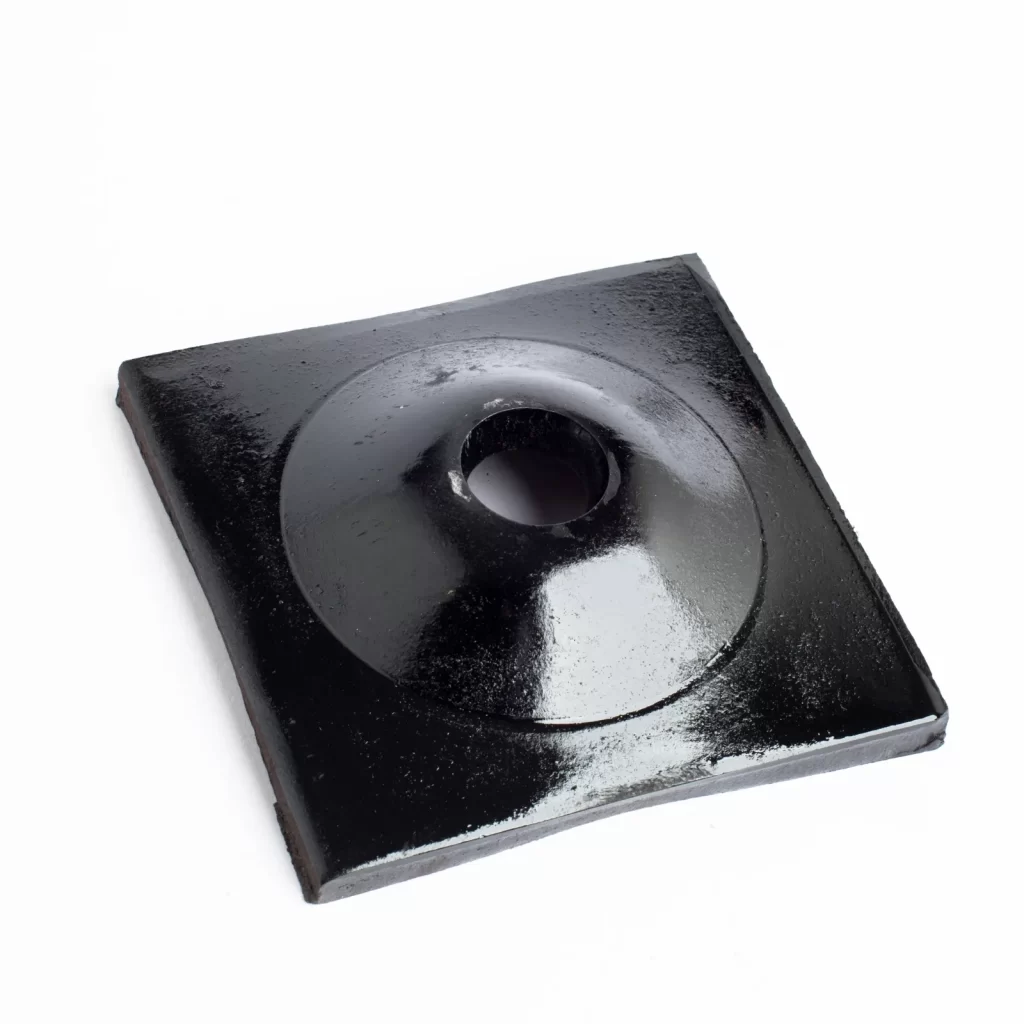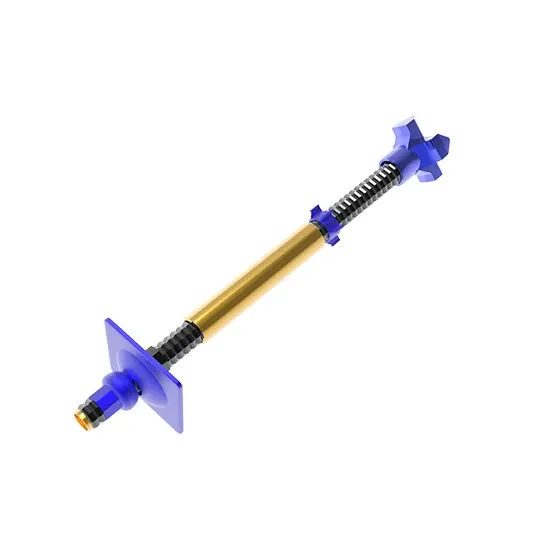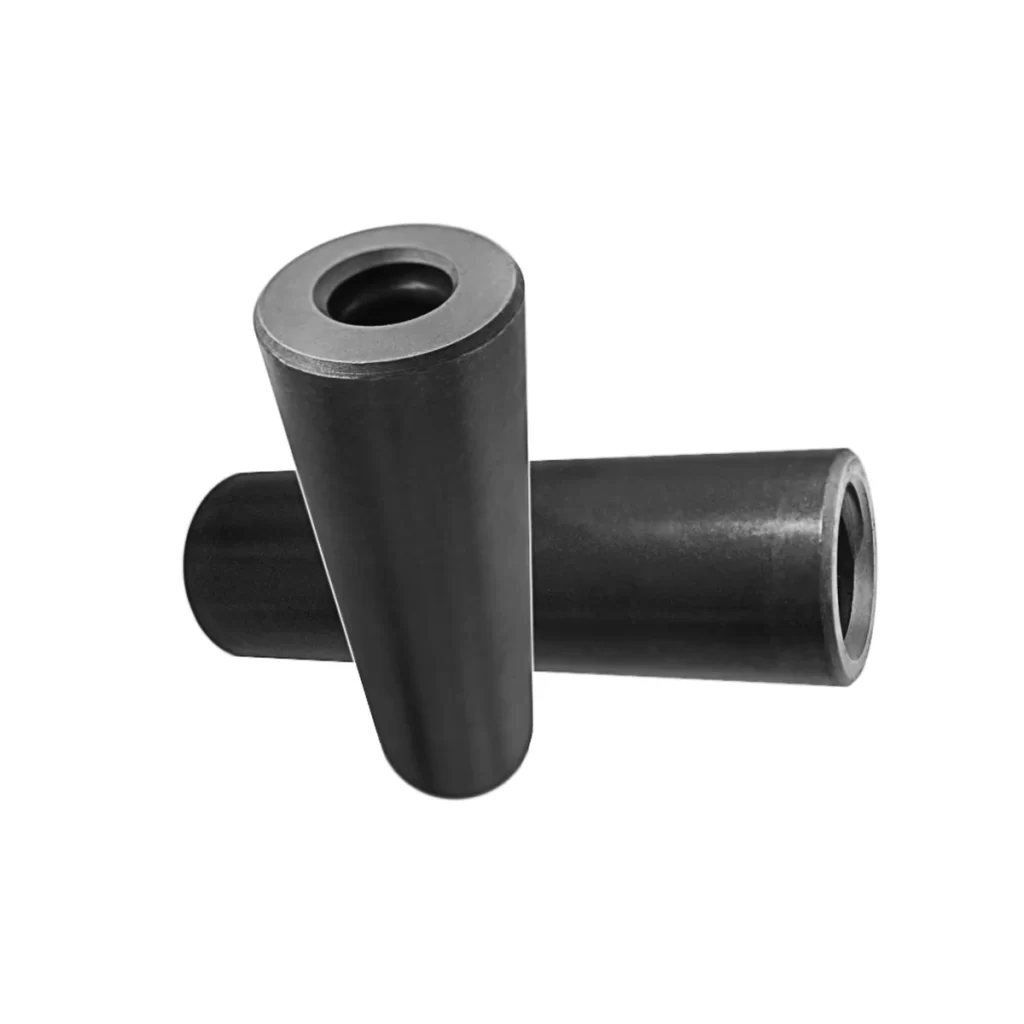If you’ve ever tried to hang something on a plaster wall, you know it can be a challenge. Plaster walls, common in older homes, require special care to avoid damage. In this guide, we’ll explore how to use self-drilling anchors to securely hang anything on your plaster walls without the hassle and worry.
What Makes Plaster Walls Different?
Plaster walls are often found in older homes and are known for their durability and sound insulation. Unlike modern drywall (also known as sheetrock), plaster walls are constructed with layers of plaster applied over wood lath or metal mesh.
Key Characteristics:
- Lath and Plaster Construction: Plaster is applied over wood lath strips or metal laths, creating a solid but brittle surface.
- Thickness Variations: Plaster walls can vary in thickness, which affects how you drill and anchor into them.
- Potential for Cracks: Drilling into plaster incorrectly can cause cracks or holes in the wall.
Understanding these differences is crucial when you want to hang anything on a plaster wall.
Why Use Self-Drilling Anchors in Plaster Walls?
Self-drilling anchors are designed to make hanging objects easier without the need for pre-drilling pilot holes. They are particularly useful in plaster walls for several reasons:
- Ease of Installation: Self-drilling anchors drill into the wall as you screw them in, saving time.
- Secure Hold: They expand behind the plaster, providing a strong grip.
- Versatility: Suitable for hanging light items and, with the right anchor, heavy objects too.
Using self-drilling anchors reduces the risk of damage to plaster walls compared to traditional wall anchors that require drilling larger holes.
Types of Anchors Suitable for Plaster Walls
Several types of anchors can be used with plaster walls:
- Self-Drilling Anchors: Also known as self-tapping anchors, they can be screwed directly into the plaster without a pilot hole.
- Toggle Bolts: Ideal for hanging heavy objects, toggle bolts expand behind the wall to distribute weight.
- Plastic Anchors: Small plastic anchors that expand when a screw is driven in; suitable for light items.
- Masonry Anchors: Used when drilling into masonry behind the plaster, such as brick walls.
Choosing the best anchors depends on the weight of the item and the condition of your walls.
Do You Need a Stud Finder for Plaster Walls?
Yes, a stud finder can be helpful when working with plaster walls:
- Finding the Studs: Studs are usually located 16″ apart behind the plaster.
- Avoiding Damage: Drilling into a stud provides a secure hold and reduces the risk of creating a hole in the wall.
- Magnetic Stud Finders: These can detect the nails securing the lath to the studs.
However, plaster walls can make electronic stud finders less effective. Knowing how to locate studs manually can be beneficial.
How to Choose the Right Anchor for Your Project
Consider the following factors:
- Weight of the Item: Heavy objects require stronger anchors like toggle bolts.
- Type of Wall: Determine if there’s wood lath, metal lath, or masonry behind the plaster.
- Potential Damage: Use anchors that minimize damage to plaster.
For heavy items like shelves or TVs, toggle anchors or self-drilling anchors specifically designed for heavy loads are recommended.
Step-by-Step Guide: Installing Self-Drilling Anchors
Follow these steps to use self-drilling anchors in plaster walls:
- Gather Tools:
- Self-drilling anchor
- Screwdriver (manual or power)
- Stud finder (optional)
- Locate the Spot:
- Choose where you want to hang the picture or object.
- Use a stud finder to check for studs or lath behind the plaster.
- Install the Anchor:
- Place the tip of the self-drilling anchor against the wall.
- Using a screwdriver, begin to turn the anchor clockwise.
- Apply steady pressure; the anchor will drill itself into the plaster.
- Attach the Screw:
- Once the anchor is flush with the wall, place the screw into the anchor.
- Tighten the screw until it’s secure, but avoid over-tightening.
Note: If you’re drilling into brick walls or masonry behind the plaster, you may need a masonry bit and possibly a hammer drill.
Tips for Drilling into Plaster Without Damage
- Use the Right Drill Bit: A regular power drill with a masonry bit can prevent cracks.
- Drill Slowly: High speeds can cause the plaster to crack or crumble.
- Pilot Holes: While self-drilling anchors don’t require them, drilling a small hole can make the process smoother.
- Avoid Edges: Drilling too close to the edge of the wall can cause damage.
Can You Hang Heavy Objects on Plaster Walls?
Yes, you can hang heavy objects on plaster walls with the right anchors:
- Toggle Bolts: Provide strong support by expanding behind the plaster.
- Self-Drilling Heavy-Duty Anchors: Designed to hold a lot of weight without needing to find a stud.
- Studs: If possible, drilling into a stud behind the wall offers the most secure hold.
Always check the weight ratings of anchors and ensure they are suitable for the object you want to hang.
Common Mistakes to Avoid When Using Anchors
- Not Finding a Stud: Assuming there’s no stud and drilling without checking can lead to weak support.
- Over-Tightening Screws: This can strip the anchor or damage the plaster.
- Using the Wrong Anchor Type: Not all anchors are suitable for plaster walls.
- Skipping the Pilot Hole: While self-drilling anchors don’t need them, for harder plaster, a pilot hole can prevent cracking.
Avoiding these mistakes will ensure a secure installation and prevent unnecessary damage.
Alternative Methods for Hanging Items on Plaster
- Picture Rails: Decorative molding near the ceiling is used for hanging pictures without damaging the wall.
- Adhesive Hooks: Suitable for very light items and avoid drilling altogether.
- Masonry Nails: Can be used if there’s masonry directly behind the plaster.
Each method has its pros and cons, and the best choice depends on the item’s weight and the wall’s condition.
FAQs: About Hanging on Plaster Walls
Q: Do I need to drill a pilot hole in plaster walls?
A: For self-drilling anchors, a pilot hole isn’t necessary. However, for hard plaster, drilling a small pilot hole can make installation easier.
Q: What if my drill won’t penetrate the plaster?
A: Use a masonry bit and ensure you’re applying steady pressure. If you’re drilling into brick or masonry, a hammer drill may be necessary.
Q: Can I use drywall anchors in plaster walls?
A: Drywall anchors are designed for sheetrock and may not work well in plaster. Look for anchors specifically rated for plaster walls.
Conclusion
Hanging items on plaster walls doesn’t have to be a daunting task. With the right tools and knowledge, you can confidently use self-drilling anchors to hang anything from pictures to heavy shelves. Remember to choose the appropriate anchor for your needs, take precautions to prevent damage, and enjoy the charm of your plaster walls.
For more information on high-quality anchors and drilling tools, check out our Self-Drilling Hollow Anchor and Multi-Specification Rock Thread Drilling Drill Bits to make your next project even smoother.
Whether you’re a DIY enthusiast or a professional, mastering the use of self-drilling anchors in plaster walls opens up a world of possibilities for decorating and organizing your space.
Post time: Nov-21-2024


















